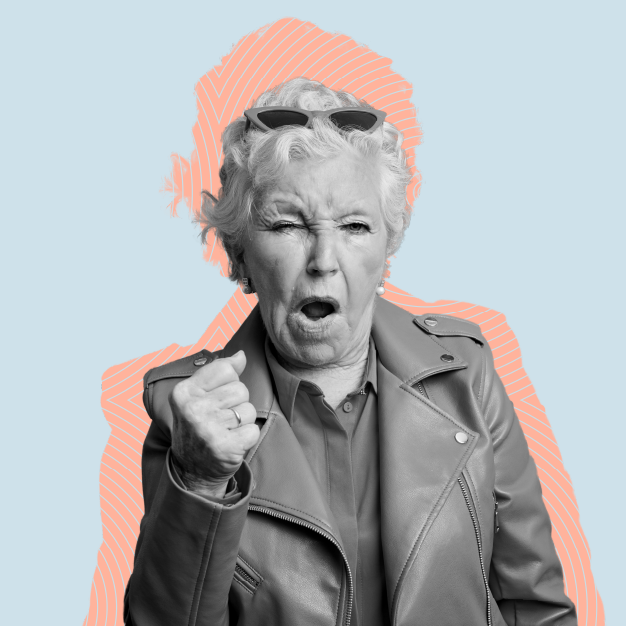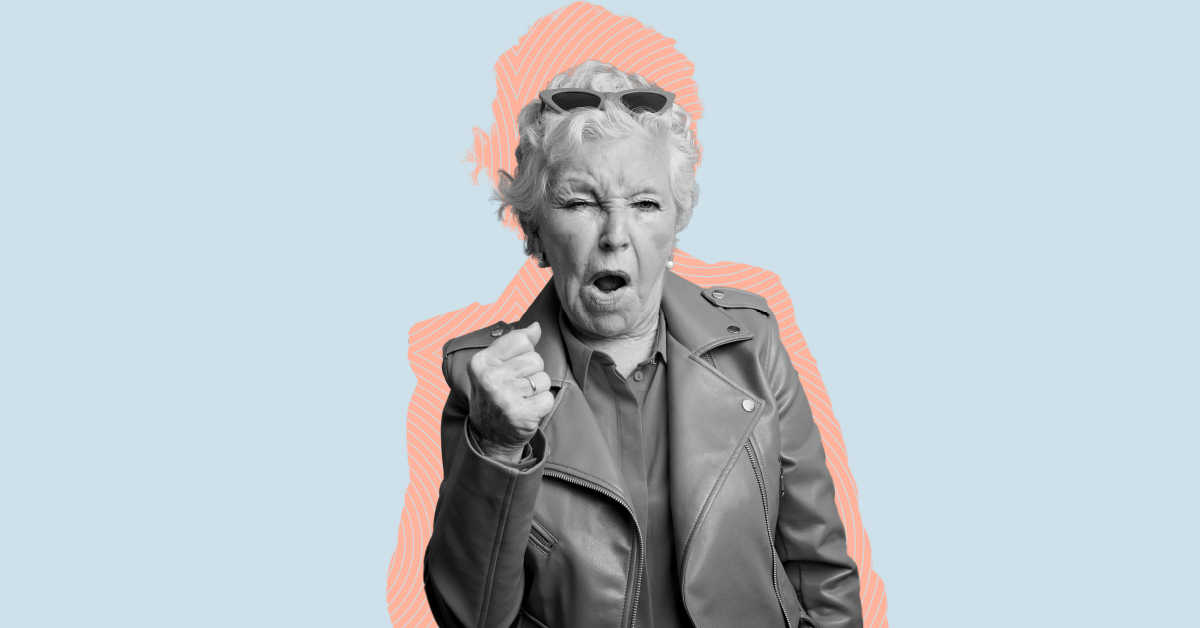
Watch our webinar on this subject by clicking here.
It is a unique challenge for mediators and conflict resolution professionals to deal with the dynamic in the room when a “bully” is engaged in a conflict. “Bullies” can dominate the process, intimidate, not only the other parties, but also the professionals involved in the dispute, and derail the pathway to resolution. However, it is often possible to transform disruptive dynamics into an asset by understanding the underlying motivations of the bully’s behavior and the undercurrents of the relationship between them and others involved in the conflict can help the professionalIn our experience, we have found that conflict resolution professionals, ourselves included, can reinforce a “bully-victim” paradigm if we don’t understand what is underneath the dynamic. We get drawn into wanting to protect the person who is more passive or intimidated to make sure they are not taken advantage of or coerced. However, in doing so, we become part of the system and can further entrench the dysfunctional dynamics.
One critical component is determining whether the behavior is part of a longstanding pattern of a person who is controlling or abusive, or if this is a response to conflict, or perhaps a reaction specific to the current situation. In reality, this is much more complex than saying “we need to deal now with the bully”. The situation is often systemic, with one individual labeled as the bully, while the other is the victim. However, this paradigm can shift when we look at each person’s part in the system. If even one person is able to change their behavior, often the others also change.
In his book, the Power of TED, David Emerald explores the Dreaded Drama Triangle developed by Dr. Stephen Karpman, which puts the parties in conflict in roles of the victim, persecutor, or rescuer. Here, the professional tends to take on the rescuer archetype, with the parties in conflict serving either the persecutor or the victim. It is also important to note that the professional can quickly go from rescuer to prosecutor. Ultimately, in this dynamic, the professional can be disempowering to all parties.
A fundamental component in our Understanding-based model is that those in conflict are the ones who hold the solutions, and as the professional, our role is to help enable them find these solutions. This is partly why we find Emerald’s Empowerment Triangle an interesting concept in our work. In his update to the Dreaded Drama Triangle, he looks at the roles as creator—the positive alternative to victim, challenger—what we might label a bully, and coach. With the Empowerment Triangle, the professional takes on the role of the coach, helping the parties find their voice so they can become a creator or challenger instead of a victim or persector.
These are only a few steps in the ongoing dance in the relationship between the “bully” and the “victim”. In our webinar, The “Bully”, we dive deeper into these dynamics and examine how self-reflection, looping, and other tools can help the professional understand the larger picture and turn the “bully” into a benefactor.
